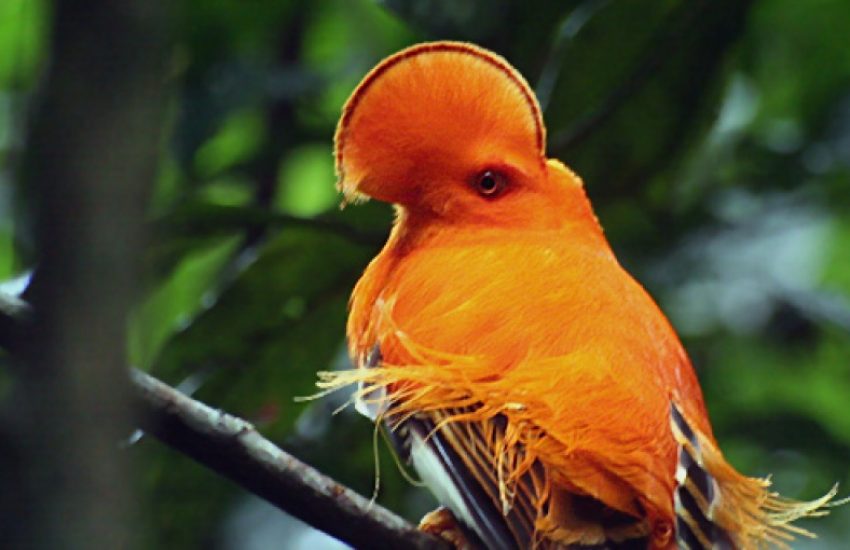Policy brief: tackling policy dilemmas for wetland restoration
08 December, 2025

Policy brief: tackling policy dilemmas for wetland restoration
08 December, 2025
Celebrating 6 years of Mobilising More for Climate
01 December, 2025
Tuesday 20 october 2020
Header photo: Guianan Rupicola Rupicola © Laurens Gomes
The Guiana Shield is among the regions with the highest biodiversity in the world. The region covers Guyana, Surinam, French Guyana and parts of Colombia, Venezuela and Brazil. Although the tropical forests, wetlands and savannas offer important essential resources, including clean water and CO2 storage, the region has become more and more threatened by logging and mining which are taking place on an ever-increasing scale. These practices generate short-term profits for logging and mining companies, but also lead to huge problems such as deforestation, poaching, water contamination, social conflicts and the extinction of plant and animal species.
In order to protect the vulnerable ecosystems in the region it is important to offer sustainable alternatives for the destructive logging and mining practices. To this end, IUCN NL and the Institute for Environmental Security (IES) set up the Guiana Shield Initiative (GSI) in 2001. Within the framework of the GSI, research was conducted into the question of how preserving ecosystems could be made more financially attractive than exploiting them. The Payments for Ecosystem Services (PES) concept provided the answer. Payments for Ecosystem Services are incentives offered to farmers or landowners in exchange for an ecosystem’s ecological service, for example CO2 storage or drinking water. This way rainforest preservation makes more financial sense than logging. For the past 10 years, the GSI funded pilot projects and research to help make PES a success. The initiative has, for example, worked on recognising and monitoring ecosystem services by means of radar and satellite images.
After successful pilot studies, the PES concept was introduced at various locations. The GSI’s years of work and dedication have also contributed to the formation of a well-coordinated network in which all involved governments, companies and organizations join forces and work together for nature conservation in the region. Another important achievement of the GSI is the establishment in 2010 of the Guiana Shield Facility (GSF), a funding facility for the long-term financing of conservation activities. As the network’s linchpin, the GFS is responsible for the effective coordination of national and regional activities to conserve ecosystems, protect biodiversity and sustain human livelihoods within the region. Thanks to the GSI and GSF, sustainable development continues to be high on the agenda in the Guiana Shield region. Early 2012, IUCN NL transferred the secretaryship of the GSF to UNDP Guyana.

08 December, 2025
As Europe accelerates efforts to restore wetlands and riverine ecosystems in line with biodiversity and climate goals, several complex policy…
01 December, 2025
On the 2nd of December 2025 we celebrated 6 years of Mobilising More for Climate (MoMo4C). During the event, we closed the current chapter on MoMo4C, celebrated our achievements, shared insights,…